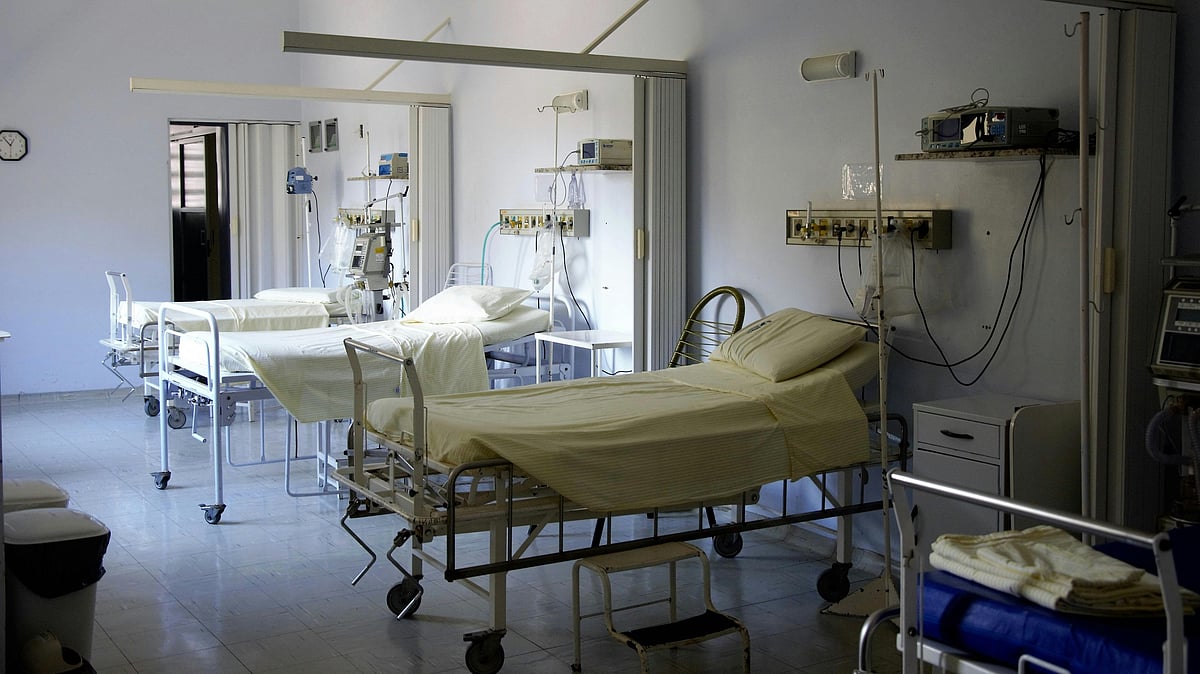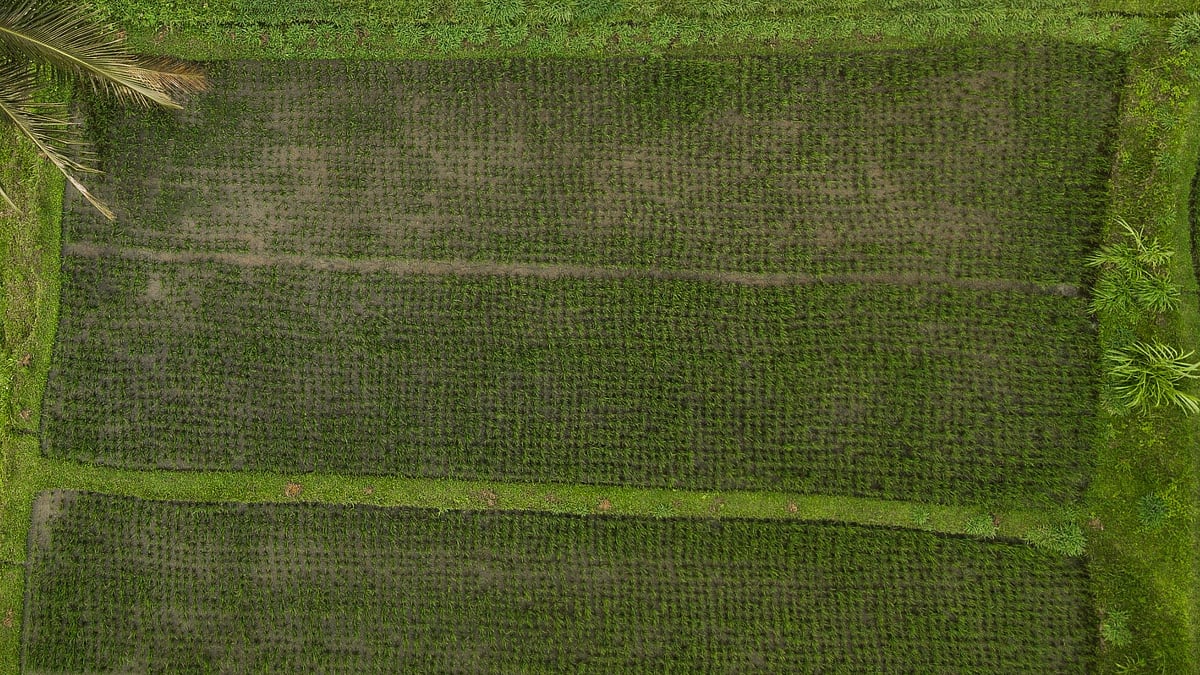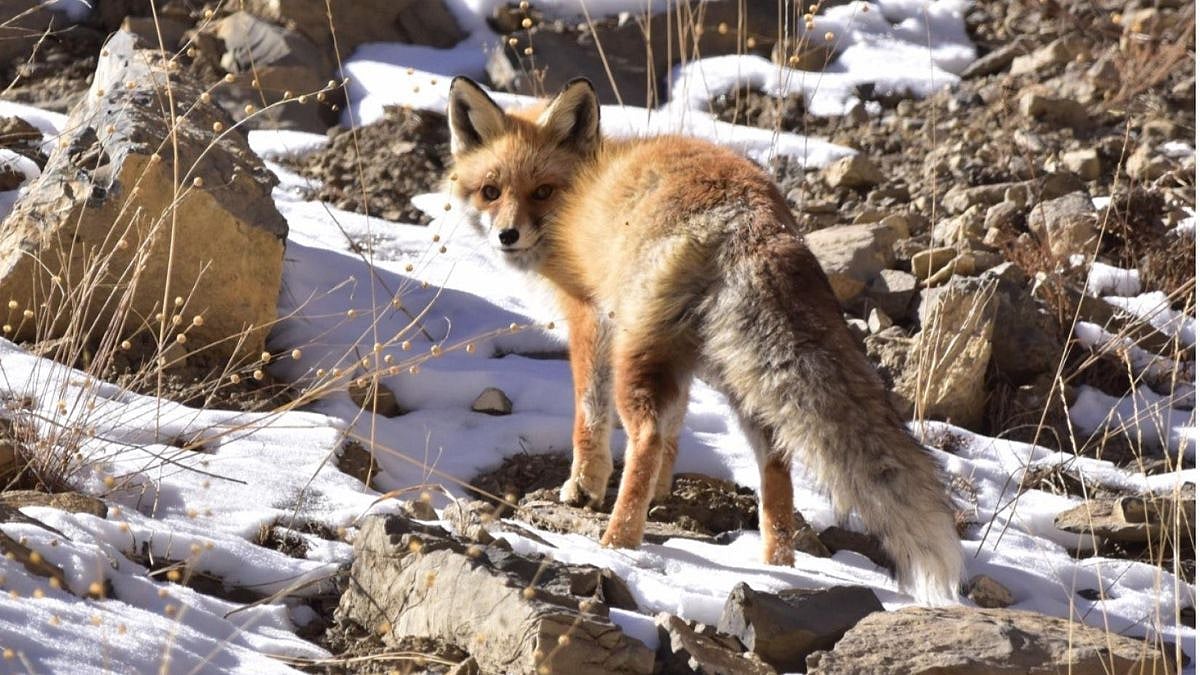The weeklong mass demonstrations in Gwadar and elsewhere in Balochistan, and the brutal repression by the Pakistan state, has once again focused the world’s attention on the fragile nature of China’s extra-territorial “ownership” of a strategic port and economic corridor in the wilderness of the Makran coast.
In some ways the huge demonstrations at Gwadar, Turbat, Nushki and elsewhere in Pakistan and the demand that arbitrary arrests, illegal detention in secret prisons, torture and forced disappearance of people should end, are eerily similar to the protests by young Bangladeshis in Dhaka, Chittagong and Rajshahi also happening at the current juncture.
The only difference is that while the Bangladeshi street movement does not have a leader face or an open centralised organisation to back it, the Baloch movement has both. In Mahrang Baloch, a young woman who had lost her father to an illegal “kill and dump” operation by Pakistan’s notorious spy agencies, it has an unforgiving leader and in the Baloch Yakjehti Committee (BYC), a group focused on civil, political and economic rights of her people, it has an organisation which can mobilise tens of thousands of restive Baloch with a shout out.
The demands of the Baloch National Gathering are simple — recovery of victims of enforced disappearances and allowing the Baloch people benefits of Chinese-funded projects in their own province.
Attempts to stamp out the Gandhian-style revolt, which till now has been led by Baloch women whose male family members have “disappeared”, have so far not been successful. The Pakistani state has tried both the use of brute force including firing on unarmed civilians and “clever” negotiations without any real concessions to the Baloch protestors. This has not only caused great embarrassment to Islamabad but also led to the Chinese getting even more alarmed. Beijing has time and again warned Islamabad that it must control the situation in the restive province if the grand plans for its showpiece ‘Belt and Road Initiative’ project in Pakistan is to succeed.
China has been building the strategic port at Gwadar to pipe oil and gas from the Middle East to Xinjiang, thus avoiding the long route through the straits of Malacca, for nearly two decades now. Concomitant with it is an US$50-billion project to construct nine industrial enclaves along the Chinese built-highway and pipeline which stretches from Gwadar to the Karakoram mountains in the north and thence on to south western China.
However, targeted killing of Chinese personnel, attacks on the pipeline and frequent localised revolts and insurgency has been a bane for the multi-billion dollar project. Nearly a score of Chinese workers have been killed in the last three years in attacks and bomb blasts.
Local distrust of the project stems from the province’s history. Balochistan, Pakistan’s largest province by area, is also its poorest with little done to improve the lot of the restive Baloch other than a neo-colonial chain of security forts. The state, despite its riches in oil and gas, coal and precious and rare minerals, has been suffering from what is called a “resource curse”, with the federal government and multinational mining companies taking the lion’s share from extraction of these riches, with little or no money percolating down to the masses.
The Baloch allege that successive governments in Islamabad have treated the province as a colony and are now finally handing it over to another country for “larger exploitation”.
They point out that till date not even one job has been created in the factories which China is supposedly building for the local people. Gwadar port despite its promise, has till date been an economic disappointment and the most number of ships which have docked at that port in any given year has been an abysmal 22, strengthening suspicion that its real purpose is as a naval outpost of a budding global power.
On the other hand, land has been taken away displacing locals, and security zones created restricting the movement of the tribal Baloch people in their own province.
For Pakistan, Balochistan has been a problematic province which has witnessed at least five major revolts from 1947 onwards. Despite accounting for just 3.6 per cent of Pakistan’s population, the Baloch have launched insurgencies that have been so fierce that Islamabad has had to use jet fighters and helicopter battleships to bomb and strafe its own people repeatedly over the years to quell them into submission.
The founding fathers of Pakistan had at the very onset tried to interest the Americans to develop Gwadar through the 1940s and 1950s in a bid to lure the US with a base here, to counter India and lend Islamabad a security umbrella. However, the Americans refused to play ball as they were then busy investing in rival naval bases elsewhere in the Persian Gulf.
In the 21st century, the country’s militocracy roped in China with the Gwadar bait partly for the same reason - as an insurance against its larger neighbour - and partly to help contain the restive Baloch.
The Chinese are obviously unhappy with the developments in Balochistan since then and are possibly increasingly unsure of the Pakistan government’s ability to control the situation from spinning out of control.
However, being long term players and with huge amounts riding on the BRI initiative, it is unlikely Beijing will pull out or abandon the project. However, insecurity and a desire to limit losses may see China going slow on projects other than the core port and highway-pipeline sections.
Pakistan owes China around $16 billion in debt and has been negotiating with it to try extend the payback period in order to ease pressure on its forex reserves. Any backtracking or go slow in Chinese investments in Pakistan while serving to help Islamabad by not increasing its debt burden in the short term will also impinge on the country’s ability to repay accumulated debt.
The fresh investment by Beijing are supposed to kick start the factories planned along the highway and if these don’t turn functional, the project will not be able to earn the hard dollars needed to service Pakistan’s global debt, 72 per cent of which is owed to China.
Under the circumstances, for Pakistan, it would actually make sense to smoke the peace pipe with the Baloch and bring the people they have neglected for long into a partnership. Concessions by way of greater autonomy including financial freedom for the province and a roll back of the security apparatus would be the obvious sweeteners.
However old habits die hard. Islamabad’s ruling elite still seems to believe that it can continue to run the peripheral provinces the way East Pakistan was once run, as a colonial market from where raw materials would be extracted and the finished goods of Karachi and Lahore sold, and it may not agree to give the Baloch the recognition due to them.
The Balochi revolution, if one may call the movement by that name, can gather more steam but will still find it difficult to overcome the power of Pakistan’s deep state unless it can forge ties with similar Pashtun and Sindhi movements.
However, those are if and buts of history which cannot be predicted at the current juncture. At present for Pakistan, besides the economic crisis, the Baloch problem will remain a Gordian knot difficult to cut or negotiate with, even as it struggles to disengage from the shadow of its troubled past into a better future.
The writer is former head of PTI’s eastern region network










